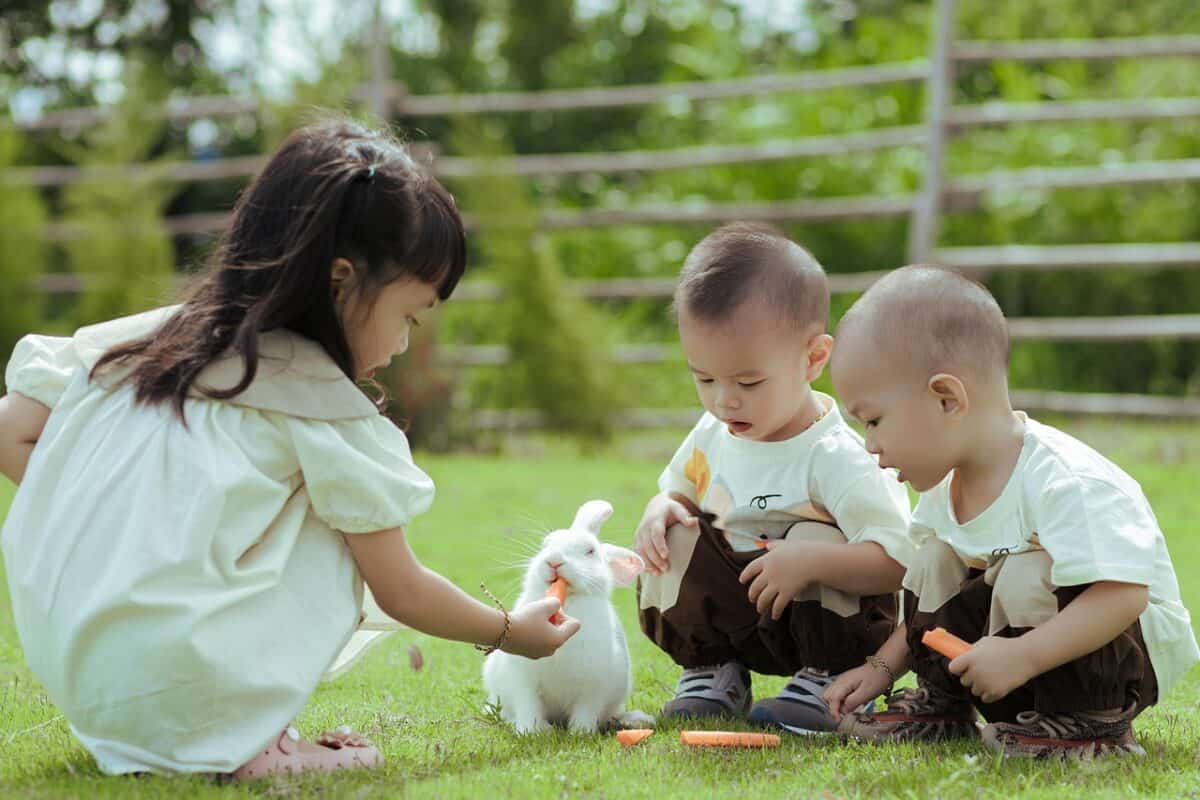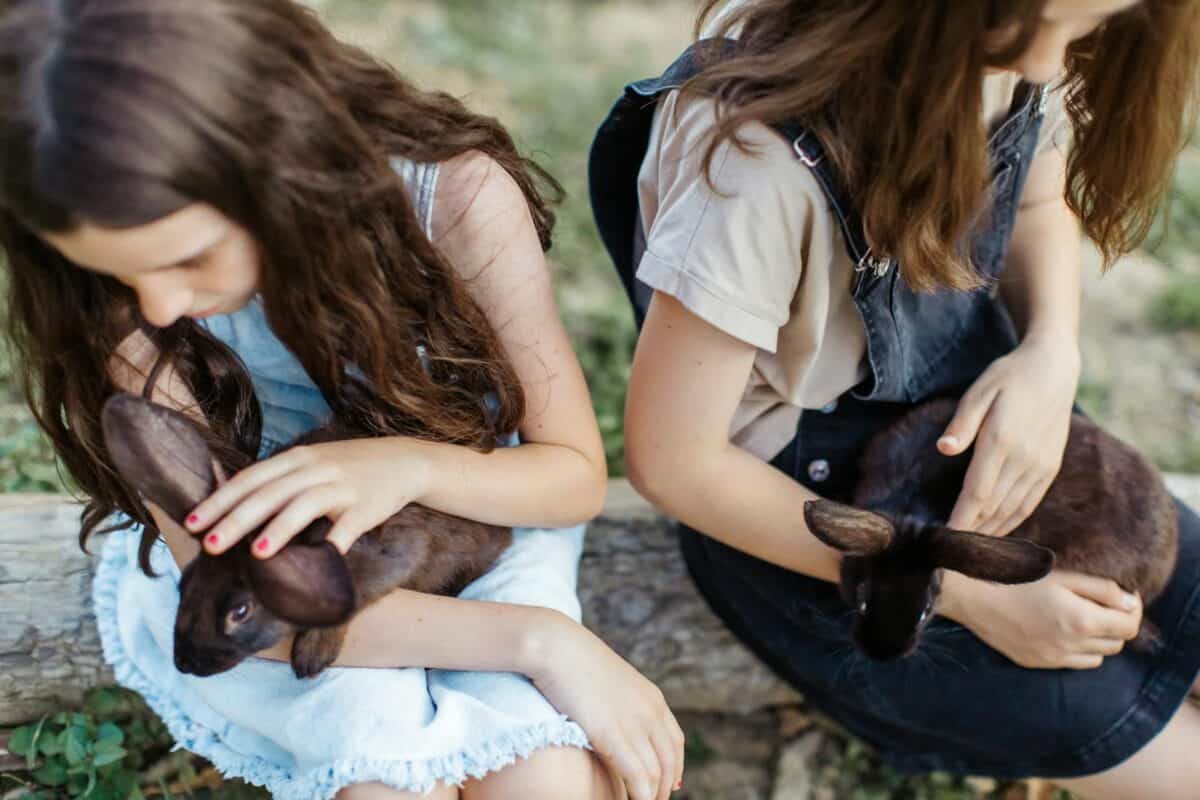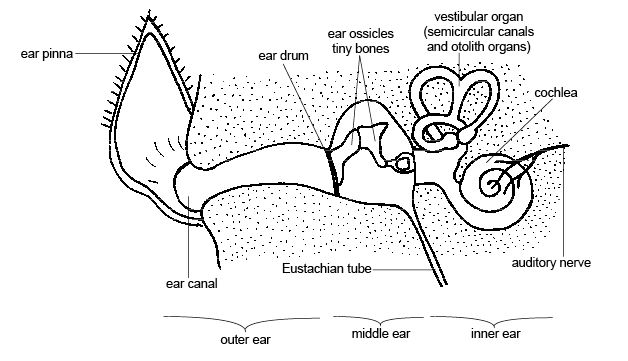Rabbits are delightful creatures that captivate many pet enthusiasts worldwide. While they may appear quiet and gentle, rabbits have a fascinating way of communicating — one that is intriguing to pet owners and animal behaviorists alike. Among their repertoire of expressive gestures, the rabbit’s thump stands out as both mysterious and significant. In this article, we will delve into the science and meaning behind why rabbits thump, exploring everything from their evolutionary instincts to their interactions with humans.
The Ancestral Call: Evolutionary Origins

Rabbits are prey animals, constantly on high alert for potential threats. The thump, a loud sound generated by stomping their hind legs on the ground, serves as a warning signal. This behavior traces back to their wild ancestors, where thumping was crucial for survival. By quickly alerting fellow rabbits in their warren of nearby danger, they improved their collective chances of evading predators.
Decoding the Thump: Communication in the Rabbit World

In the rabbit community, thumping is akin to shouting “Be alert!” It is a versatile form of communication, signaling various messages depending on the context. Rabbits may thump to warn of predators, express frustration, or even announce their presence. Understanding these contextual cues is key for rabbit owners to interpret their pets’ intentions and emotional states.
Anatomy of a Thump: How Rabbits Produce Sound

Rabbit thumping is not just a random act; it involves specific anatomy and physiology. A rabbit uses its powerful hind legs to create a percussive force by hitting the ground. This action reverberates through the environment, acting as an auditory signal to others in the vicinity. The design of a rabbit’s hind legs, with strong muscles and sturdy bones, enables them to produce this surprisingly loud sound.
Thumping and Rabbit Behavior: Beyond the Basics

Thumping is not just about survival; it is intricately woven into a rabbit’s social behavior. When part of a group, rabbits use thumping to establish hierarchy and convey dissatisfaction. It’s an expression that transcends mere warning and moves into the realm of social interactions, reflecting the complex emotional lives of rabbits.
Thump Variations: Not All Thumps are Created Equal

Like humans have different tones of voice, rabbits have variations in their thump. The intensity, duration, and frequency can convey different messages. A rapid series of thumps might denote urgent danger, while a single thump could be a casual alert. These nuances allow rabbits to communicate effectively and adaptively with their environment.
Recognizing Emotional Signals: What Your Rabbit’s Thump Means

Rabbits thump for a variety of emotional reasons — fear, annoyance, territoriality, or stress. Observing their body language before and after a thump provides insight into their emotional state. For instance, a thump followed by retreat may indicate fear, while a thump accompanied by aggressive posture can signal annoyance or anger.
Thumping in Domestic Settings: How Pet Owners Should Respond

For pet owners, understanding thumping is imperative in ensuring a rabbit’s well-being. A thumping rabbit is often a stressed rabbit, so investigating potential stressors, such as loud noises or other pets, is crucial. Owners should provide a safe, calming environment to reduce thumping occurrences, ensuring their rabbits feel secure and understood.
Environmental Triggers: What Causes a Rabbit to Thump?

Environmental factors can often be the culprits behind a rabbit’s thumping. Changes in their surroundings, unfamiliar smells, or potential threats like other animals or strangers can trigger thumping. Identifying and minimizing these stressors can help maintain a peaceful home environment for your rabbit.
Rabbit Thumping as a Bonding Cue: Building Trust with Your Pet

Understanding and responding appropriately to thumping can strengthen the bond between rabbit and owner. By acknowledging their signals and adjusting their environment, owners demonstrate empathy, building trust and fostering a deeper connection with their rabbits.
The Science of Sound: Auditory Perception in Rabbits

Rabbits have highly acute hearing, a trait that aids them in detecting predators and responding to sounds like thumping. Their large, swiveling ears can pick up sounds from a considerable distance, making them adept at responding to the warnings emitted by a thump.
Thumping and Social Dynamics: Interactions with Other Rabbits

In the wild, as well as in domesticated settings with multiple rabbits, thumping plays a critical role in social interactions. It serves as an alert but can also act as a signal to other rabbits regarding dominance or territory, playing a key role in their interactions and social hierarchy.
Thumping Myths Debunked: Common Misunderstandings

Many misconceptions exist surrounding rabbit thumping. Some believe it is a rebellious or defiant act, but in reality, it is more often a reaction to perceived external threats or internal emotional states. Debunking these myths can help owners better empathize with their pets.
The rabbit’s thump is a powerful form of communication rooted in instinct and emotion. For rabbit owners and enthusiasts, decoding this sound is a key part of understanding and caring for these delicate creatures. By recognizing the emotional and contextual nuances behind a thump, we can ensure rabbits live happy, stress-free lives, whether in the wild or as cherished pets at home. As we continue to learn more about these complex animals, our appreciation and care for them can only grow deeper.
- America’s Most Endangered Mammals And How to Help - August 9, 2025
- The Coldest Town in America—And How People Survive There - August 9, 2025
- How Some Birds “Steal” Parenting Duties From Others - August 9, 2025

